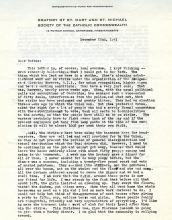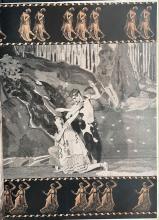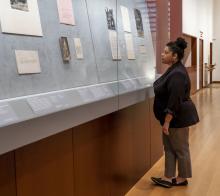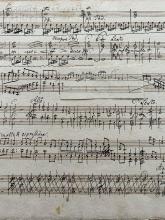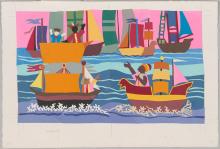Behind the Curtain: A Dealmaker with a Passion for Tiepolo Drawings
Submitted by Jennifer Tonkovich on Thu, 11/02/2023 - 8:00amOn my first day as an intern at the Morgan in the autumn of 1993, the head of the department of drawings and prints, William M. Griswold, asked me to accompany him on a trip uptown to return a group of framed drawings to Lore Heinemann.



